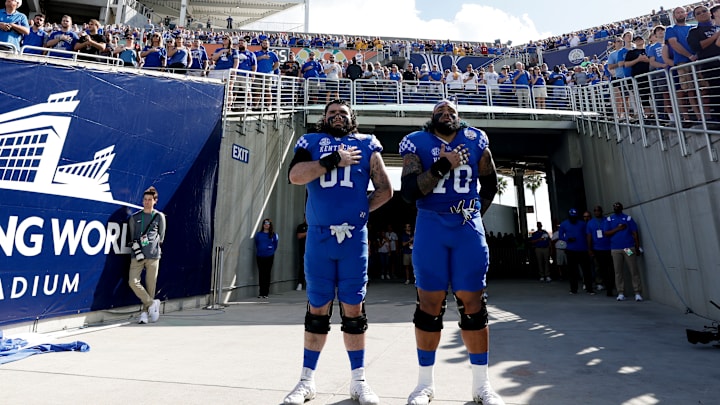A historic shift that redefines athlete compensation
College athletics crossed a legal and cultural threshold on June 6, 2025. U.S. District Judge Claudia Wilken’s approval of the $2.8 billion settlement in House v. NCAA—consolidating three antitrust suits including Hubbard and Carter—formally dismantled the NCAA’s amateurism model and authorized Division I schools to directly compensate athletes (Wilken, 2025). This agreement is more than legal housekeeping—it’s the beginning of a new commercial reality for college sports in a brand new era.
At the heart of the settlement is a two-pronged transformation: $2.8 billion in backpay for approximately 390,000 athletes who competed between 2016 and 2024, and a forward-looking revenue-sharing model. Athletes in Power Five football and basketball programs will receive average settlements of around $135,000 over 10 years, while non-revenue athletes may qualify for as much as $1.85 million—if they can prove lost NIL (Name, Image, and Likeness) opportunities. The NCAA is responsible for 40% of the settlement costs, with the remaining 60% falling to conferences, intensifying fiscal pressures on mid-major and Group of Five schools (NCAA Settlement Summary, 2025).
Kentucky is in the SEC, which gets a lot of revenue from TV deals and that will help offset their costs, but what about a school like Tulane? Things could get pretty messy pretty fast.

Starting July 1, 2025, schools opting into the agreement may allocate up to $20.23 million annually in direct athlete payments, rising to $32.9 million by 2034. This funding is framed as NIL compensation in exchange for institutional brand promotion—effectively revenue-sharing in all but name. Top-tier programs like Texas, Alabama, and Ohio State are well-positioned to leverage this system, but smaller athletic departments may be left behind, potentially worsening competitive imbalance. The rich get richer.
One of the most contentious elements is the shift from scholarship limits to roster limits. Critics warn this change could reduce opportunities in non-revenue sports. While Judge Wilken mandated phased implementation to safeguard current athletes, advocacy groups argue the new rules threaten Title IX compliance and the viability of Olympic sports (Athletes.org, 2025).
The case itself builds on legal precedents including O’Bannon v. NCAA (2014) and NCAA v. Alston (2021), cementing a trajectory toward athlete empowerment. Plaintiffs like Arizona State swimmer Grant House and former Oregon basketball player Sedona Prince led the charge, with the court recognizing that restrictions on NIL and broadcast revenue violated antitrust law.
While schools must opt into the revenue-sharing model by June 15, 2025, some institutions—including the Ivy League and University of North Dakota—have already declined, citing financial and philosophical misalignment (ESPN, 2025). For fans, this is both a vindication and a reckoning. As athletes finally receive compensation that reflects their value, some lament the erosion of tradition. But make no mistake: college sports have entered a professionalized future—and there’s no turning back.
